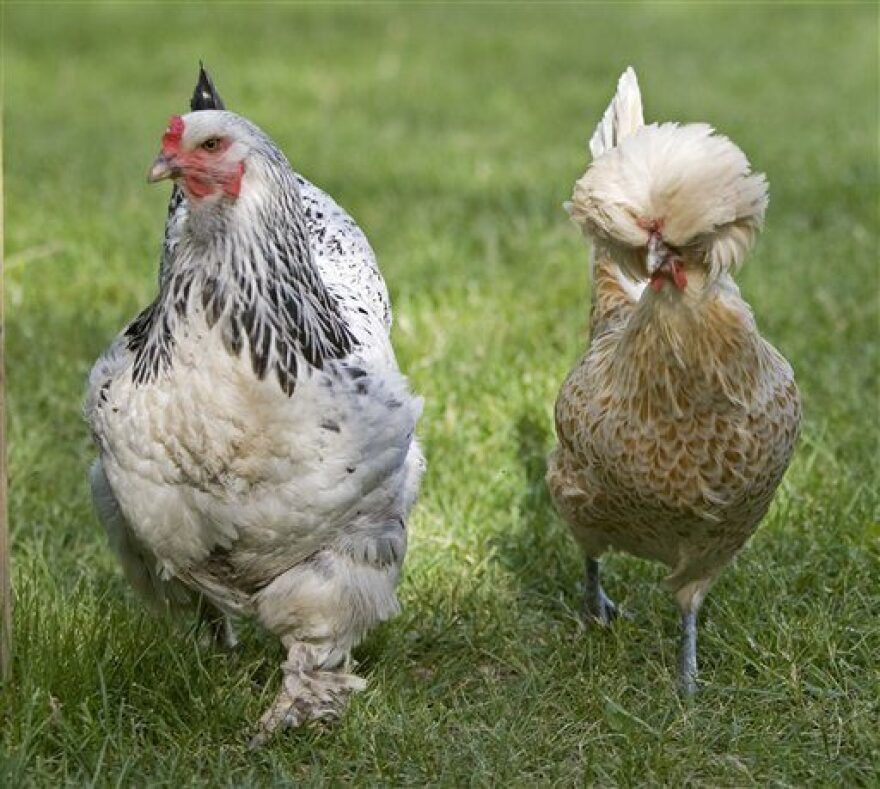STATEIMPACT PENNSYLVANIA - The state’s updated Climate Change Impacts Assessment predicts Pennsylvania will continue to get hotter and wetter with temperatures expected to rise 2.7 degrees Fahrenheit by 2050, based on 2000 figures.
Precipitation in the state is expected to increase 8-12 percent in that same time period, and that makes the state a more favorable place in which to raise chickens.
Pennsylvania’s Department of Environmental Protection released an update to its 2015 climate impact assessment on Monday, which is conducted for the DEP by the Environmental and Natural Resources Institute at Penn State.
“Effective decision making for Pennsylvania’s future is decision making that accounts for the changes that are likely to happen if we don’t reduce greenhouse gas emissions and meet the need to manage them,” DEP Secretary Patrick McDonnell said. “The Climate Impacts Assessment presents a detailed picture of these changes in several key areas.”
That projected 2.7-degree Fahrenheit increase equals 1.5 degrees Celsius. In 2018, a United Nations report called on governments to act to keep warming to below 1.5 Celsius to avoid the worst effects of climate change. The report said that at the current rate of increase, warming is likely to reach 1.5 Celsius between 2030 and 2052.
This is the third update to the original report mandated by state law and published in 2009. This version of the report focuses on the impacts to livestock, watershed management and infrastructure.
Poultry plants are expected to double by 2050 as the southern states become too hot to support chicken farms. Hogs, pigs and beef cattle farms could also increase. Dairy farms are expected to shift from the southeast region to the northwest parts of the state due to rising temperatures.
The combination of the increase in livestock, especially poultry, along with rising rainfalls could lead to more pollution run-off into the Chesapeake and Delaware bays.
The report stresses the need for upgrades and planning of stormwater management.
The assessment also warns of coastal storm surges in southeastern Pennsylvania damaging infrastructure, and increased risks of landslides in southwestern Pennsylvania.
Average yearly rainfall in the state has risen 10 percent and average temperatures have climbed by 2 degrees Fahrenheit since 1901. Gov. Tom Wolf announced in 2019 a goal to cut greenhouse gas emissions 80 percent by 2050.

